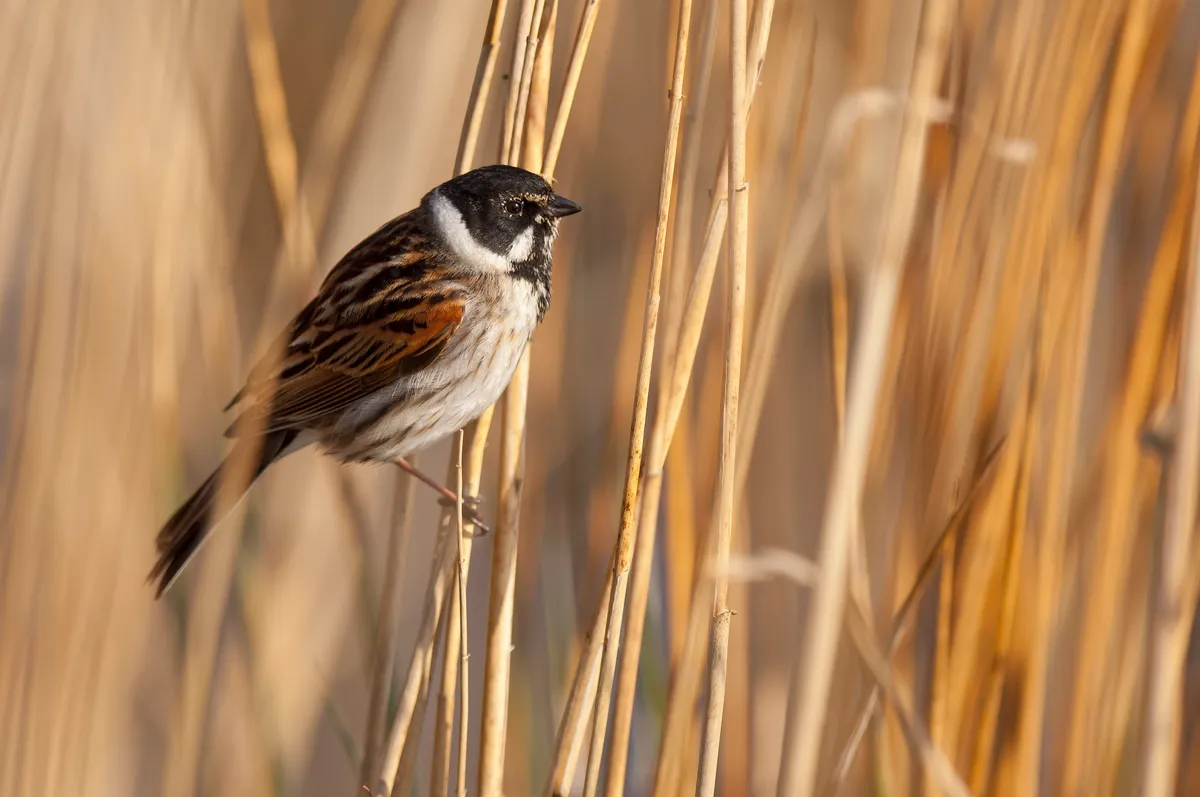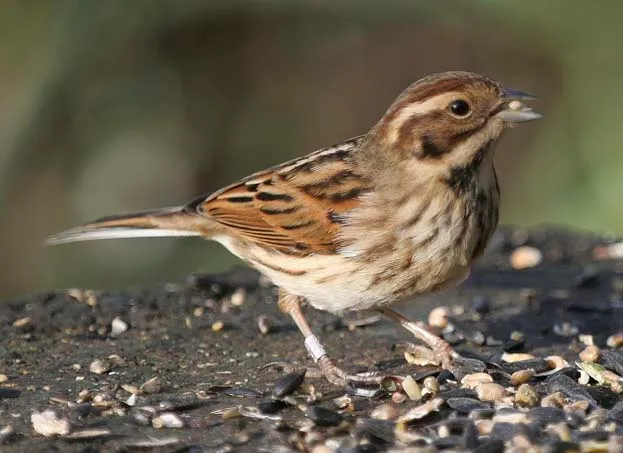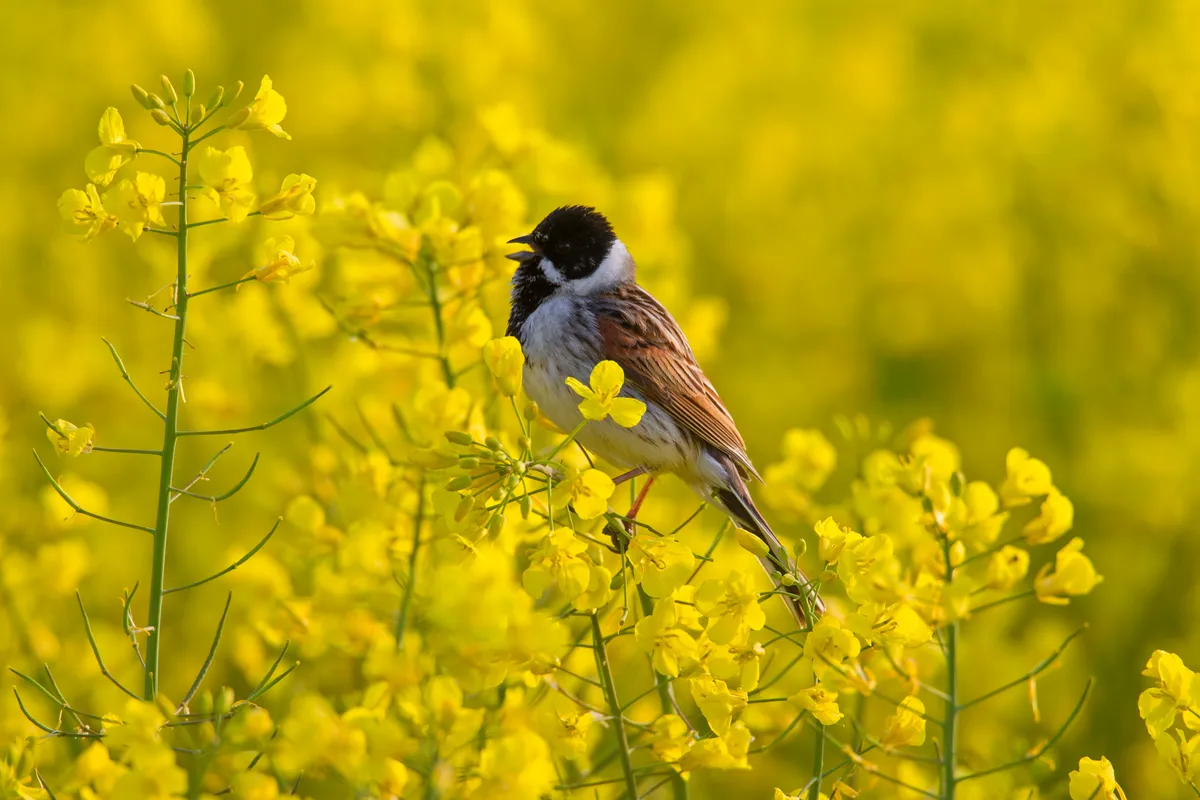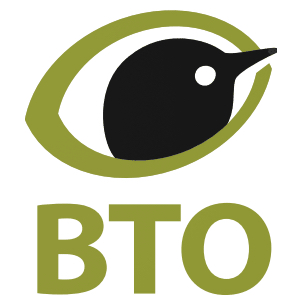Do reed buntings only live in reedbeds?
Despite their name, reed buntings will breed in a wide variety of habitats, including dry environments such as grassy sand dune systems and farm hedgerows. The use of drier habitats is a relatively recent phenomenon, possibly due to the loss of damper habitats.

What threats do reed buntings face?
The densities of reed bunting are much higher in oilseed rape fields, than in those containing cereals or set-aside, thanks to the opportunities they provide for foraging and nesting. However, by early summer these fields are either cut or sprayed with herbicide. If the former occurs, any second broods will die, but they seem to be able to survive the latter.
Feigning injury
Male reed buntings usually establish breeding territories in the same area as the year before, but leave the nest building to the female reed bunting. The nests are usually low down in the vegetation, and eggs can be laid from early May onwards. If a predator stumbles near the nest, adults may feign injury in an attempt to draw them away from where the nest is hidden.

Where do reed buntings roost?
While they will breed in a wide range of landscapes, reed buntings prefer to roost in large numbers in reedbeds or wet and marshy areas, where they can stay safe from predators at night.
When might you see reed buntings in the garden?
Reed buntings usually only visit gardens in winter or late spring. The majority will be UK residents but a small number may be migrants from Scandinavia. When they do move around, they don’t go very far, so they are more likely to be found in rural gardens than those in more urbanised areas.

What do reed buntings eat?
Although they are almost entirely insectivorous during the breeding season, reed buntings switch to seeds in late summer, relying on these for the rest of the year. However, the lack of available seeds in the winter is the reason they are more likely to be seen in gardens in the cold season.
Identifying male and female reed buntings
Although the male is unmistakeable in the breeding season, with a black head and broad white collar, males in winter plumage and females are harder to identify. They are about the same size as house sparrows, but have longer tails, streaked underparts, white outer tail feathers and a buff-coloured line above the eye. Their backs are also boldly lined. Female reed buntings have a brown head and buff throat all year round.
The British Trust of Ornithology (BTO) works in partnership with over 40,000 volunteer birdwatchers to chart the fortunes of UK birds.
